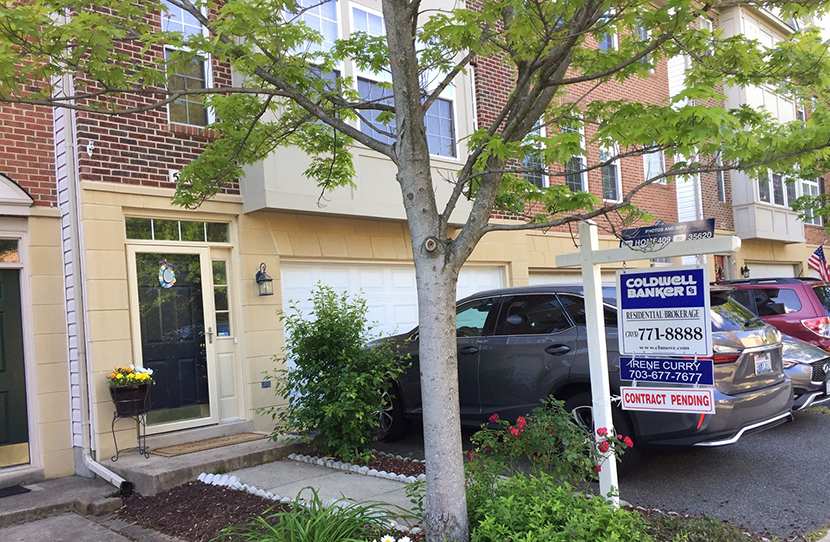
April Pending Home Sales Drop 4.4%

Pending home sales took a step back in April, the National Association of Realtors reported on Thursday. All four U.S. regions recorded year-over-year increases, but only the Midwest saw month-over-month gains.
The Pending Home Sales Index (www.nar.realtor/pending-home-sales), a forward-looking indicator of home sales based on contract signings, fell 4.4% to 106.2 in April. Year-over-year, signings jumped 51.7% as last year’s pandemic-related shutdowns slumped sales to a record low.
Regionally, only the Midwest saw monthly improvement, increasing by 3.5% to 101.1 in April and by 39.4% from a year ago.
In the South, pending sales fell by 6.1% to 128.9 in April but improved by 45.3% from a year ago. In the West, pending sales decreased by 2.6% in April to 92.0, but improved by 57.3% from a year prior. In the Northeast, pending home sales fell by 12.9% to 85.3 in April, but jumped by 96.5% from a year ago.
“The April drop in pending home sales showed the impact of the stiff competition for the limited number of homes for sale and the upward pressure on home prices,” said Joel Kan, Associate Vice President of Economic and Industry Forecasting with the Mortgage Bankers Association. “Adding to the supply crunch is the fact that homebuilders this spring have faced escalating costs. The drop in April pending sales was also consistent with weaker data on purchase applications that MBA reported during the month. The large year-over-year increase in pending sales was relative to April 2020, a month where pandemic-related restrictions depressed most homebuying activity.”
“Contract signings are approaching pre-pandemic levels after the big surge due to the lack of sufficient supply of affordable homes,” said Lawrence Yun, NAR chief economist. “The upper-end market is still moving sharply as inventory is more plentiful there.”
Yun said he anticipates housing supply to improve as a whole as soon as autumn, pointing to an increase in the comfortability of those listing, as well as a rise in sellers after the conclusion of the eviction moratorium or as they exit forbearance.
“Some buyers from the expensive cities in the West and Northeast, who have the flexibility to move and work from anywhere, could be opting for a larger-sized home at a lower price in the Midwest,” Yun added.
